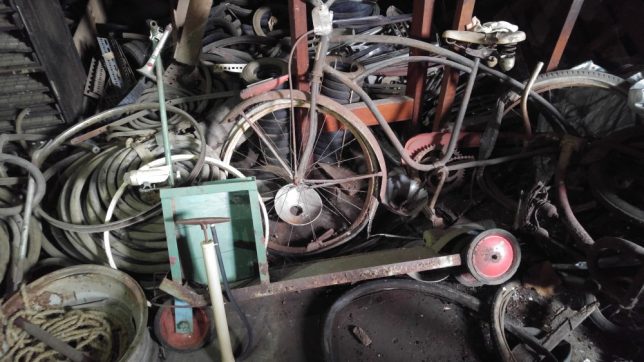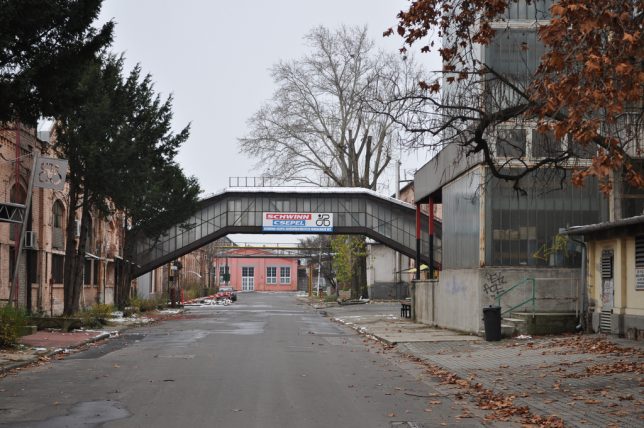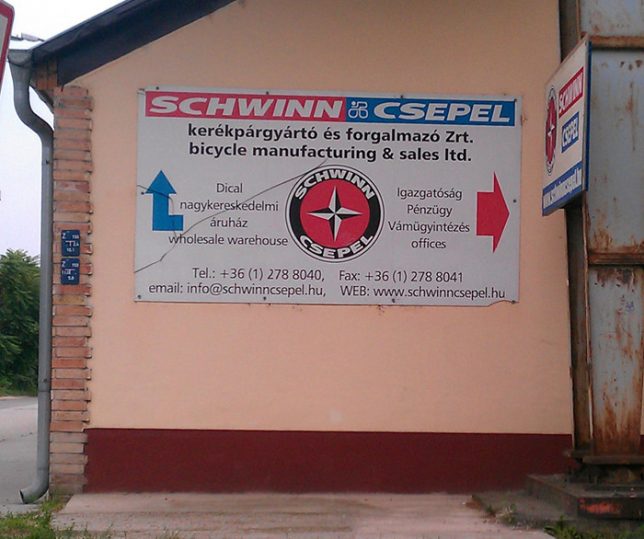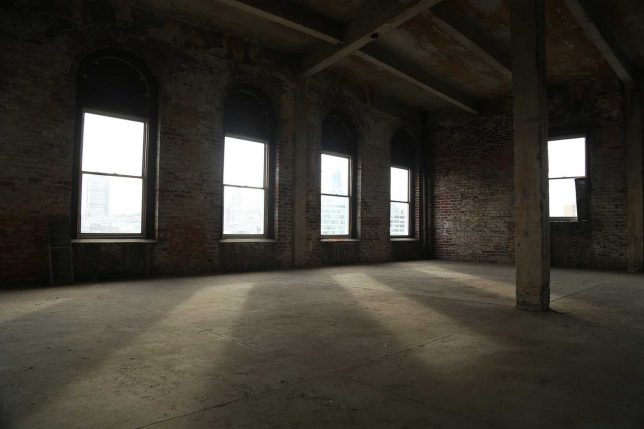Flickr has announced a new feature called Similarity Search, a deep neural network-based discovery engine that is designed to uncover a wider range of related image results than is possible under the current search system. It lets users search for a photo and use the results to dig deeper for additional similar photos.
Powered by Yahoo’s computer vision technology, this new function expands the depth and level of search results, and not coincidentally, will derive additional advantages to users of Flickr’s 13 billion-plus photo database. To use similarity search, just hover over a photo on the search result page to reveal a three-dot (“…”) Similarity Pivot button at the upper right corner. That exposes a menu giving you the option to search for additional similar photos.
 |
| Neural networks are used to map raw pixels of a photo into relevant tags. Credit: Flickr |
This spells more potential exposure for both aspiring and professional photographers, where search results can go far beyond anything that may be obvious, popular or trending. Similar to a web searching or browsing experience, users will likely encounter a wider array of different, unexpected, and hopefully valuable results to choose from without having to conduct increasingly elaborate text searches.
‘One of those major problems is that of discovery,’ said Clayton Mellina, Flickr’s software developer engineer, in the blog post explaining the new tech. ‘We understand that the value in our photo corpus is only unlocked when the community can find photos and photographers that inspire them, so we strive to enable the discovery and appreciation of new photos.’
 |
| Points nearer to the query image are semantically similar; points further away are not. Credit: Flickr |
What is similarity?
While similarity can mean the same person or thing or color or style, Flickr goes into deep neural network territory with semantic similarity — similarity based on the content of photos to help users discover new images and better use Flickr’s tools to find what they’re looking for from its huge database. Flickr has some experience with neural networks and already uses them for object recognition, NSFW prediction, and aesthetic quality. In addition, neural networks power Flickr’s style filters, which allow filtering by styles like ‘minimalist’ or ‘patterns.’
Because visual searching often does not translate well to text, the new Similarity Pivot button now gives users a way to more deeply explore visual concepts. ‘With similarity, we are understanding the photo abstractly with specific aspects that are related to the visual experience and layout of the scene,’ Mellina said.
Similarity search rolls out today to all Flickr users, and results will be available immediately. Mellina says that the Flickr collection is still in the process of being indexed, but that indexing should be completed by the end of this week.
Similarity search will reveal only public photos, so there should be no security issues, Mellina says.
Articles: Digital Photography Review (dpreview.com)


































You must be logged in to post a comment.